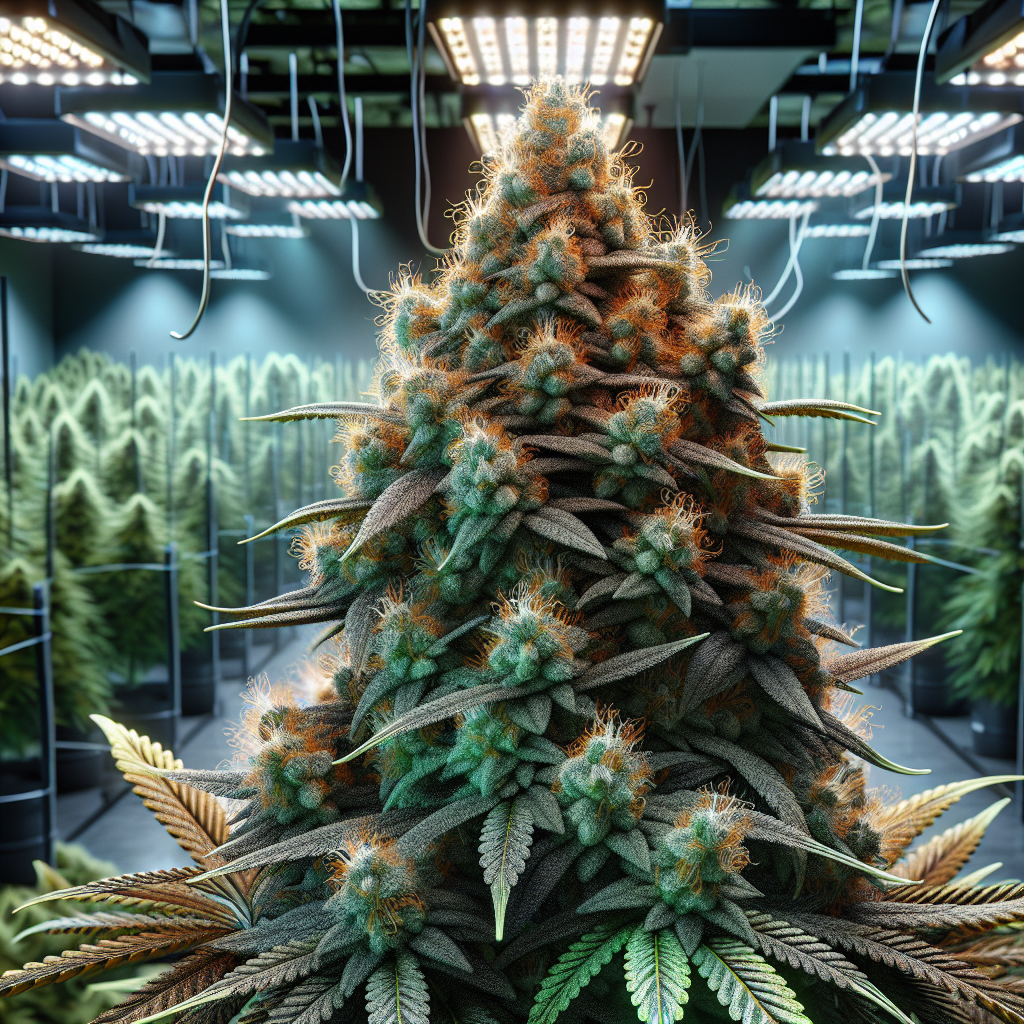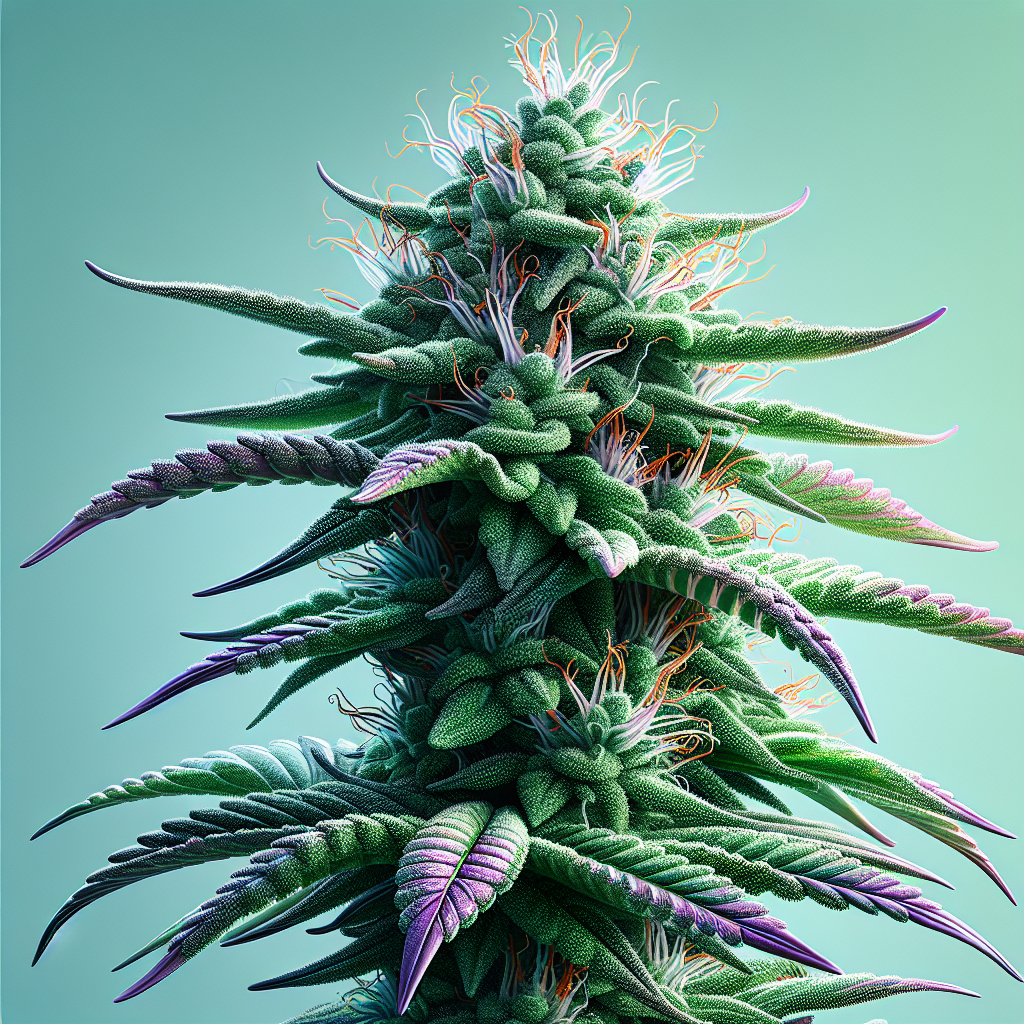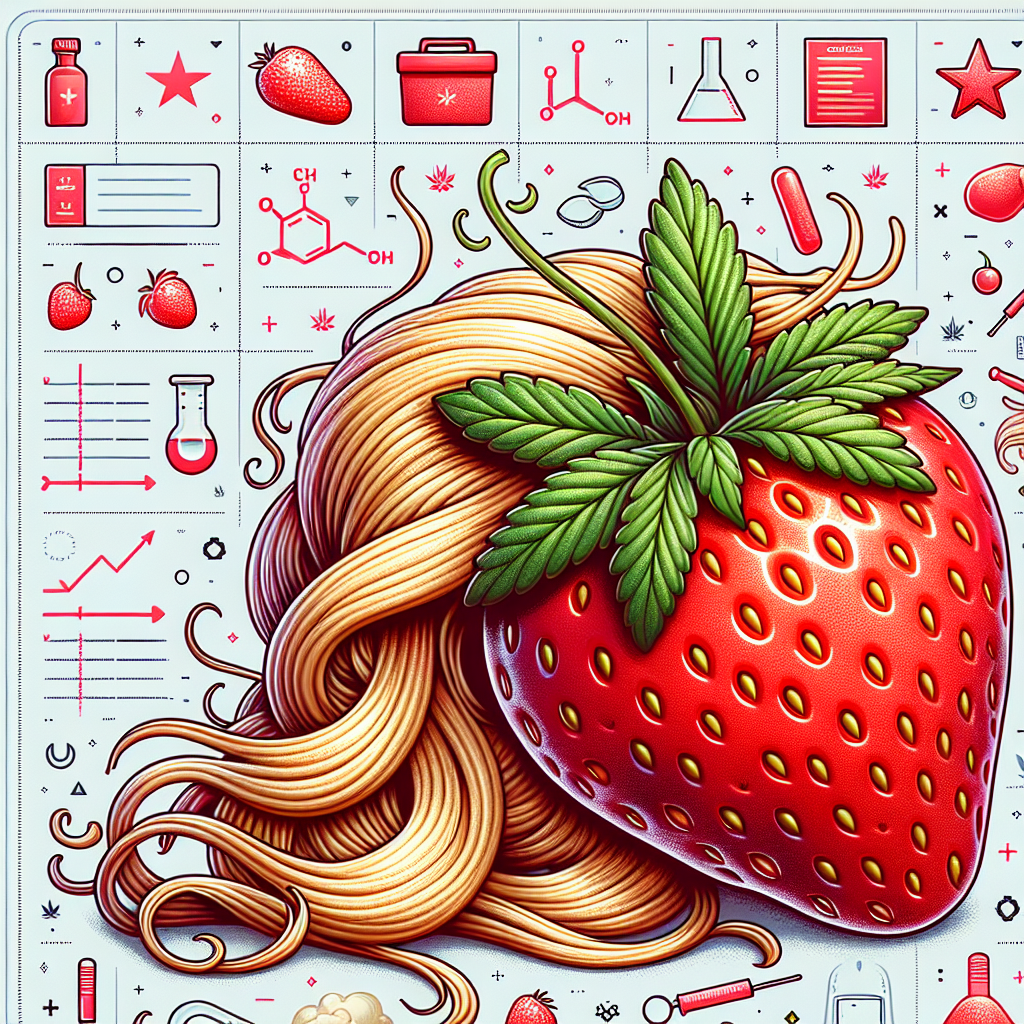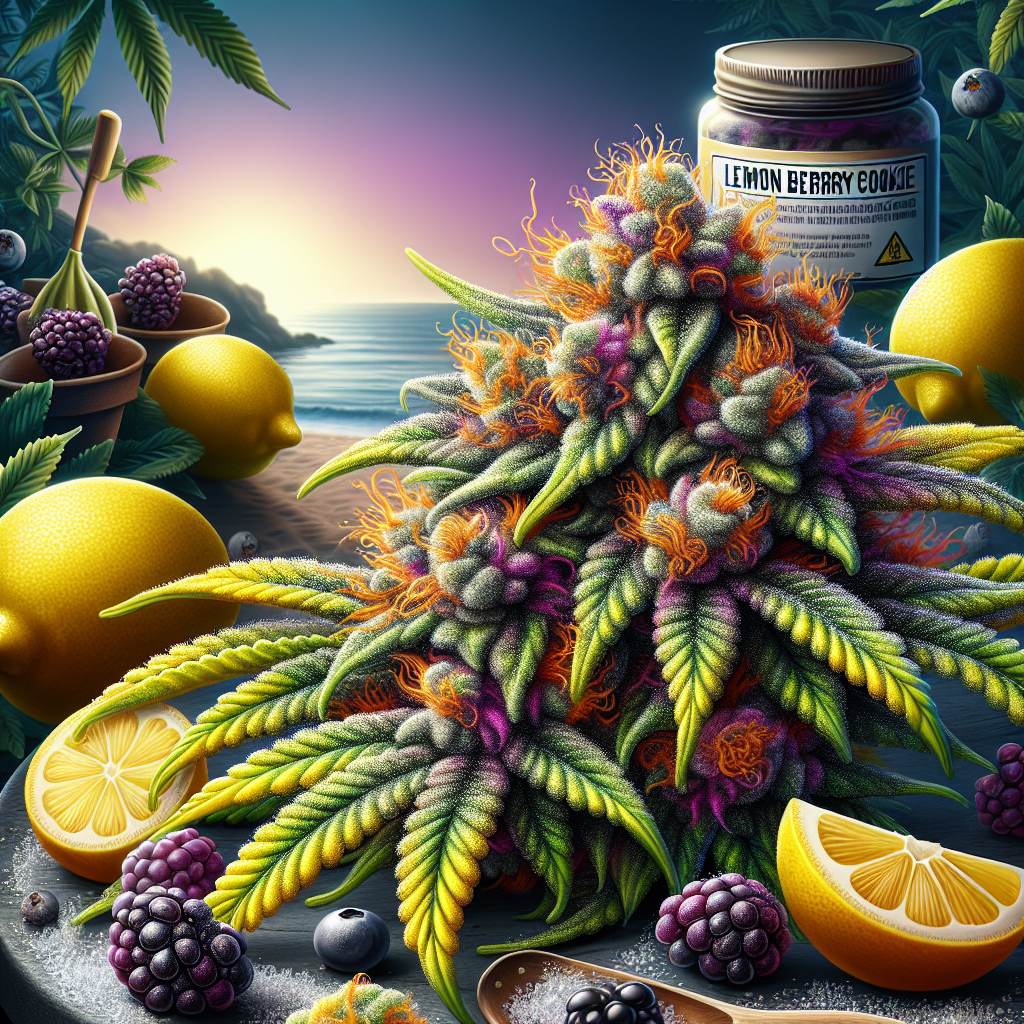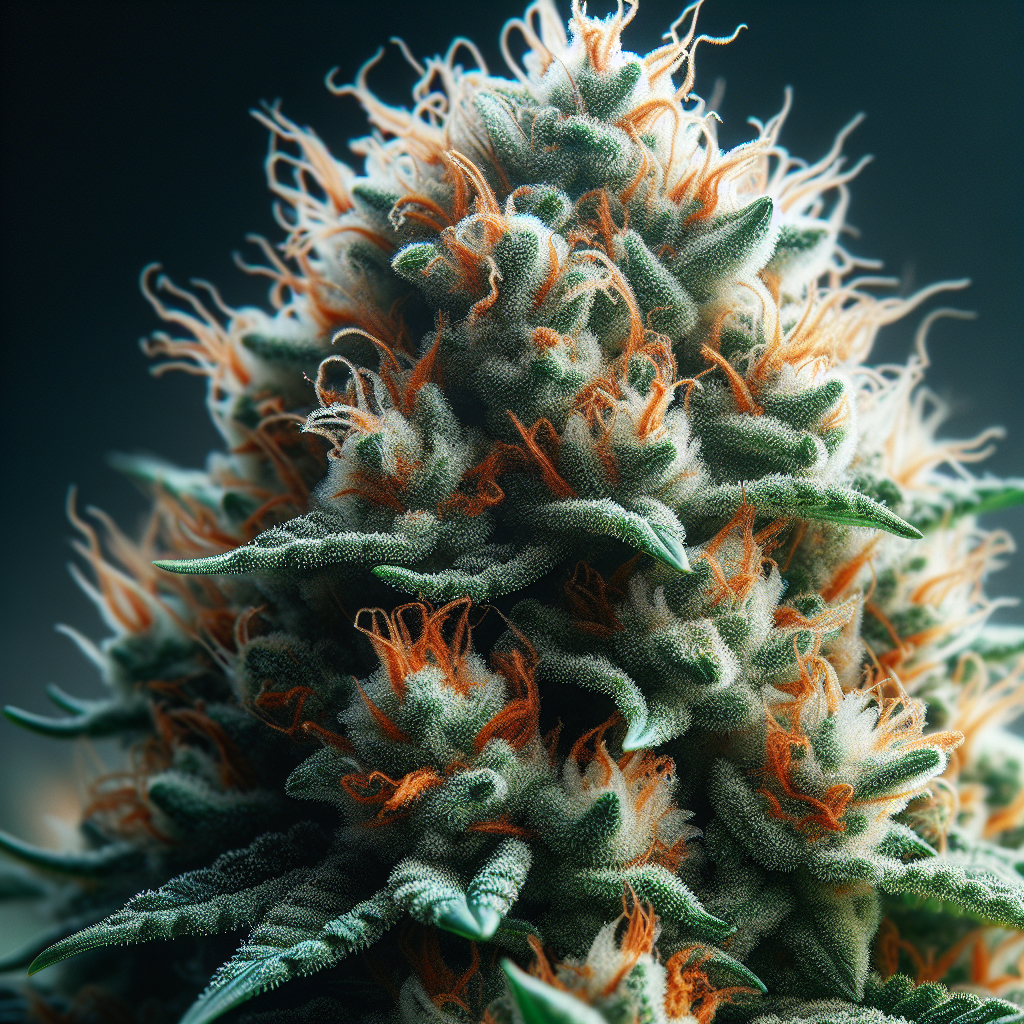Cannabis 101: Understanding the Basics of the Plant for Beginners
The world of cannabis is vast, diverse, and often misunderstood. Whether you’re considering its medicinal properties, exploring its recreational potential, or simply curious about its effects, it can be overwhelming for newcomers. This article aims to demystify cannabis by providing a comprehensive overview tailored to beginners. We’ll cover the plant’s biology, its various uses, effects, types of products available, legal landscape, and much more. By the end, you’ll have a solid foundation for understanding cannabis and navigating your journey, whatever that may entail.
1. What is Cannabis?
Cannabis is a flowering plant from the genus Cannabis. It is known for its psychoactive properties, primarily attributed to a compound called tetrahydrocannabinol (THC). The cannabis plant can be broadly classified into three main species:
- Cannabis sativa
- Cannabis indica
- Cannabis ruderalis
Sativa and indica strains are most commonly recognized for their different effects and physical characteristics, while ruderalis is primarily known for its ability to grow in harsher environments, often used for its low THC content but high CBD quantity.
1.1 The Cannabinoids
Cannabis contains over a hundred chemical compounds known as cannabinoids. The two most prominent are:
-
THC (Tetrahydrocannabinol): This is the primary psychoactive compound in cannabis, responsible for the "high" that users often seek. THC interacts with the endocannabinoid system (ECS) in our bodies, binding to cannabinoid receptors and affecting various mental and physical processes.
- CBD (Cannabidiol): Unlike THC, CBD is non-psychoactive. It’s celebrated for potential therapeutic benefits, including relief from anxiety, pain, and inflammation, without the intoxication associated with THC. This has made CBD popular in wellness products.
1.2 Other Cannabinoids
Apart from THC and CBD, cannabis contains other cannabinoids, some of which are still being studied for their effects. These include:
-
CBG (Cannabigerol): Often referred to as the mother of all cannabinoids, CBG is non-psychoactive and thought to have potential anti-inflammatory and neuroprotective properties.
-
CBC (Cannabichromene): Another non-psychoactive cannabinoid that may play a role in pain relief and mood enhancement.
- THC-V (Tetrahydrocannabivarin): A compound that may suppress appetite rather than stimulate it, and is under research for potential benefits in metabolic health.
1.3 Terpenes
In addition to cannabinoids, cannabis plants contain terpenes, aromatic compounds that contribute to the scent and flavor of the plant. Terpenes also play a role in the effects of cannabis by interacting with cannabinoids through what is known as the “entourage effect.” Popular terpenes include:
-
Myrcene: Often associated with sedative effects and found in many cannabis strains.
-
Limonene: Known to have uplifting and mood-enhancing properties, often found in citrus fruits.
- Linalool: Recognized for its calming effects and scent reminiscent of lavender.
2. Understanding Different Strains
The cannabis plant is typically categorized into three main strains, each with unique characteristics and effects.
2.1 Sativa
Cannabis sativa strains tend to have higher THC-to-CBD ratios. They are often uplifting and energizing, making them preferred choices for daytime use. Users typically report feelings of creativity, euphoria, and increased energy levels.
2.2 Indica
Indica strains usually contain higher levels of CBD, imparting relaxing and sedative effects. They are often used in the evening or at night for their potential to alleviate stress and insomnia. Effects may include relaxation, a sense of calm, and even sleepiness.
2.3 Hybrid
Hybrid strains are a combination of sativa and indica plants, resulting in unique effects that can range from energizing to relaxing. The specific effects depend on the dominant strain (sativa or indica) in the hybrid.
3. Methods of Consumption
Cannabis can be consumed in various ways, each offering different experiences and effects.
3.1 Smoking
This is perhaps the most traditional method of cannabis consumption. Users often roll joints or pack bowls in pipes. The effects are usually felt almost immediately and can last for a few hours.
3.2 Vaping
Vaping involves heating cannabis at lower temperatures to produce vapor rather than smoke. This method is often considered healthier than smoking as it produces fewer harmful byproducts.
3.3 Edibles
Cannabis-infused food products, or edibles, offer a different experience as they are metabolized through the digestive system. Effects can take longer to kick in (anywhere from 30 minutes to 2 hours), but they tend to last longer than smoking or vaping.
3.4 Tinctures
These are liquid cannabis extracts consumed sublingually (under the tongue) for quick absorption. Tinctures offer controlled dosing and can provide both fast-acting and prolonged effects.
3.5 Topicals
Cannabis-infused creams, balms, and lotions target localized pain or inflammation without producing a psychoactive effect. They are commonly used for therapeutic purposes.
4. The Legal Landscape of Cannabis
The legal status of cannabis varies widely from country to country and even within regions of the same country. In some locations, cannabis is fully legal for recreational use, while in others, it may only be permitted for medicinal purposes or prohibited altogether.
4.1 United States
In the U.S., cannabis remains illegal at the federal level. However, many states have legalized it for either medical or recreational use. It’s essential for users to stay informed about their local laws. Each state has specific regulations regarding possession limits, purchasing over-the-counter, and whether home cultivation is permitted.
4.2 Canada
Canada legalized cannabis for recreational use in October 2018, making it one of the first major countries to do so. The Cannabis Act regulates sales, distribution, and consumption, ensuring that products are tested for quality and safety.
4.3 International Perspectives
Countries like Uruguay and several nations in Europe have begun moving toward legalization or decriminalization. However, in many places, cannabis remains illegal, emphasizing the importance of understanding the local laws before use.
5. Understanding Dosage
Dosing cannabis, particularly when using edibles or tinctures, can be tricky for beginners. Start low and go slow is a common mantra. Begin with a low dose (often 5mg THC or less) and wait at least 1-2 hours before considering increasing the dose. Remember that everyone’s body reacts differently, and what works for one person may not work for another.
5.1 Tolerance and Sensitivity
Regular usage can build tolerance, meaning one may need higher doses to achieve the same effects over time. However, first-time users or those with lower tolerances should proceed with caution. Factors that influence sensitivity include body weight, metabolism, and previous experiences with other substances.
6. Health Benefits and Risks
6.1 Potential Therapeutic Benefits
Cannabis has been studied for a wide range of conditions, including:
-
Chronic Pain: Many patients report significant relief from chronic pain conditions, arthritic pain, and neuropathic pain.
-
Anxiety and Depression: While some strains may exacerbate anxiety, others can provide relief for users suffering from anxiety disorders or depression.
-
Sleep Disorders: Indica strains, in particular, may be beneficial for those dealing with insomnia.
- Appetite Stimulation: Certain cannabinoids may help stimulate appetite, beneficial for those undergoing chemotherapy or suffering from conditions that reduce appetite.
6.2 Potential Risks and Side Effects
While cannabis can offer benefits, it can also have side effects such as:
-
Cognitive Impairment: High doses, particularly of THC, can lead to impaired judgment and coordination.
-
Anxiety and Paranoia: Some users, especially inexperienced ones or those using high-THC strains, may experience anxiety or panic attacks.
- Dependency: While cannabis is not considered as addictive as other substances, some users may develop a psychological dependence.
7. Frequently Asked Questions
Q: Is cannabis legal everywhere?
A: No, the legal status of cannabis varies greatly by country and state. Always check local laws before using or purchasing cannabis products.
Q: What is the difference between hemp and marijuana?
A: Hemp and marijuana both come from the Cannabis plant; however, hemp contains less than 0.3% THC and is often used for industrial purposes (like fiber and oil), while marijuana typically contains higher levels of THC.
Q: Can I overdose on cannabis?
A: While it’s virtually impossible to fatally overdose on cannabis, consuming very high doses (especially edibles) can lead to unpleasant side effects, such as severe anxiety or dizziness.
Q: Will cannabis show up on a drug test?
A: Yes, cannabis can show up on drug tests, particularly those checking for THC. The timeframe for detection varies based on usage frequency, metabolism, and the type of test used.
Q: What’s the best way for beginners to start using cannabis?
A: Beginners should consider starting with low-THC or high-CBD strains and consume in moderation. Trying edibles in small doses can also be a gentle way to introduce cannabis into one’s routine. Always be mindful of your local laws.
Q: Can cannabis help with medical conditions?
A: Many studies suggest that cannabis may help with several medical conditions, including chronic pain, anxiety, and sleep disorders. However, it is essential to consult with a healthcare provider before starting any new treatment.
Q: Is there an age limit for cannabis use?
A: Yes, most places have a legal age limit, typically 21 years or older for recreational use. Always check local laws regarding age requirements.
Conclusion
Cannabis is a complex and multifaceted plant with a rich history and a bright future. As societal perceptions evolve, more research and education are leading to a greater understanding of its benefits and potential risks. If you’re a beginner venturing into the world of cannabis, take this foundational knowledge to heart. Approach the experience with curiosity, respect, and awareness of both the plant and your own body. Always prioritize safety and legality, and remember that everyone’s journey into cannabis is unique. With this guide, you’re now equipped to navigate your exploration effectively. Happy learning!
